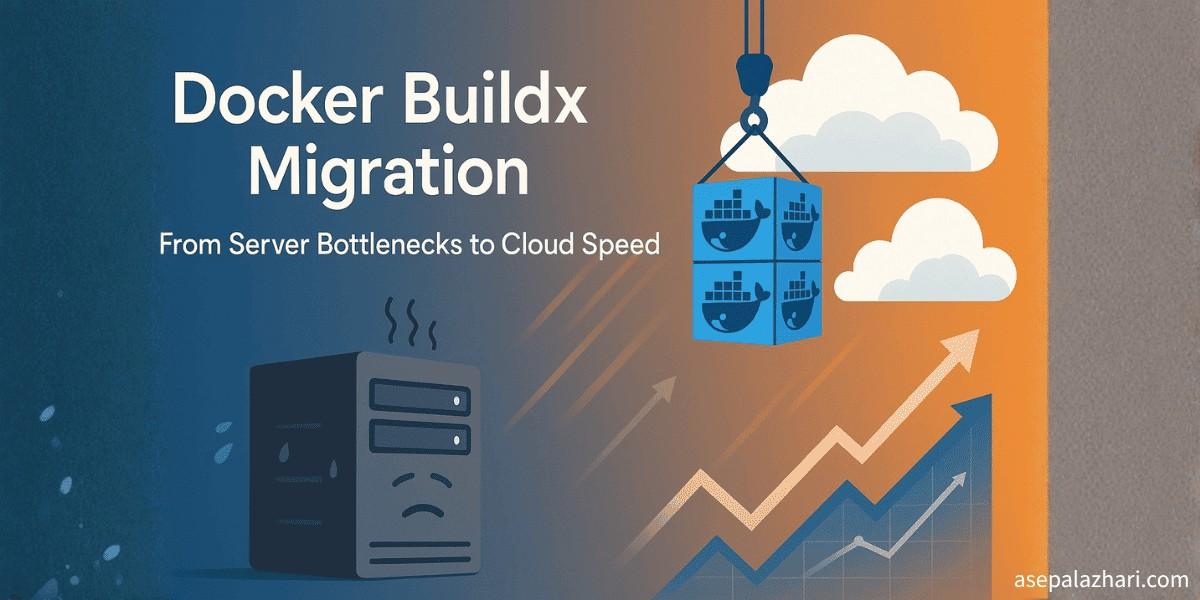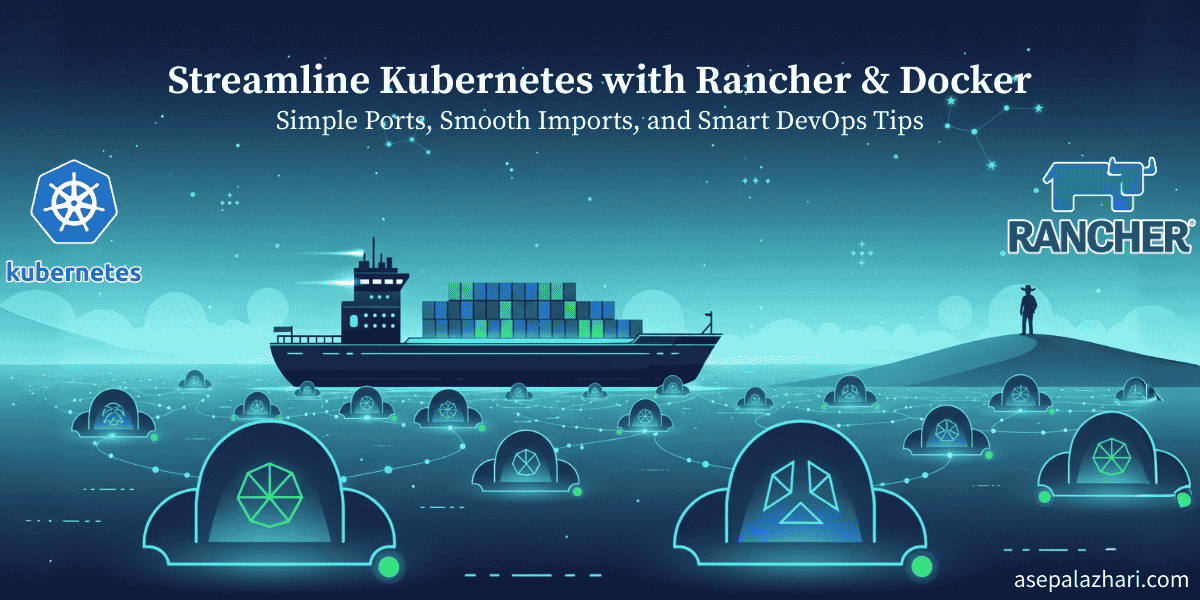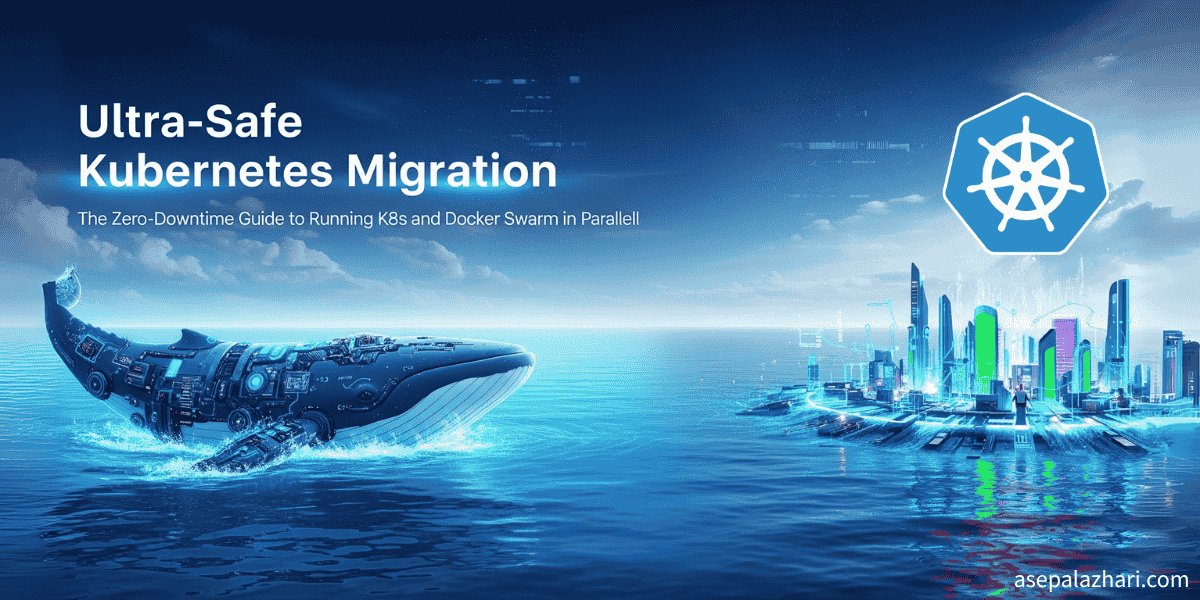Mastering Automated Docker Tagging in GitLab CI/CD: A Practical Guide
Master automated Docker image tagging in GitLab CI/CD. This guide covers best practices using pipeline IDs for versioning, ensuring a traceable and efficient DevOps workflow.

The Journey to Smarter Docker Tagging
Imagine this: you’re part of a fast-paced development team, pushing code daily through a GitLab CI/CD pipeline. Your Docker images are stored in a registry like Docker Hub, but the manual tagging process—assigning simple numbers like 1, 2, or 3—is causing confusion. Which image corresponds to which commit? Why did the latest deployment break? These challenges sparked my journey to find a better way to tag Docker images automatically. After experimenting with various approaches, I found that using GitLab’s pipeline ID ($CI_PIPELINE_IID) for versioning offers a robust, traceable, and efficient solution. This article dives into why and how to automate Docker tagging in GitLab CI/CD, making your DevOps workflow seamless.
Docker images are the backbone of modern containerized applications, and proper tagging ensures your team can deploy, debug, and scale with confidence. Whether you’re a solo developer or part of a large team, automating tags in your CI/CD pipeline saves time and reduces errors. Let’s explore the best practices for tagging Docker images using GitLab CI/CD, with a focus on leveraging pipeline IDs for versioning.
What is Docker Image Tagging and Why Does It Matter?
Before we dive into the “how,” let’s clarify the “what” and “why.” A Docker tag is a label used to identify a specific version or variant of a Docker image. Think of it as a version number for your containerized application (e.g., myapp:1.0, myapp:latest).
Proper tagging is crucial for:
- Versioning: Knowing exactly which version of your code is running in an environment.
- Traceability: Linking a running container back to the source code and build that created it.
- Rollbacks: Quickly reverting to a previous, stable version if a deployment fails.
- Clarity: Differentiating between images for development, staging, and production.
Without a consistent tagging strategy, you risk deploying the wrong code, struggling with debugging, and creating a chaotic release process.
Why Automate Docker Tagging?
Manual tagging is error-prone and lacks context. Numerical tags like 1 or 2 don’t tell you which code version or environment they represent. Random strings like UUIDs, while unique, are hard to read and track. Automated tagging, especially with GitLab’s pipeline ID, provides a consistent, meaningful way to version images. The $CI_PIPELINE_IID variable is a monotonically increasing number unique to each pipeline in a project, making it ideal for versioning builds without manual intervention.
Automation shines in scenarios like:
- Continuous Integration: Automatically tag images for every commit or merge request.
- Traceability: Link images to specific pipeline runs for debugging.
- Scalability: Handle multiple environments (dev, staging, prod) without conflicts.
Best Practices for Automated Docker Tagging
1. Use Pipeline IDs for Versioning
GitLab’s $CI_PIPELINE_IID is a simple, unique identifier for each pipeline run. Unlike numerical tags you assign manually, pipeline IDs are automatically incremented (e.g., 1, 2, 3), ensuring uniqueness without human input. Combine them with branch or environment prefixes for clarity.
Example:
variables:
DOCKER_IMAGE: myregistry/myapp
TAG: "${CI_COMMIT_REF_SLUG}-${CI_PIPELINE_IID}"
script:
- docker build -t "$DOCKER_IMAGE:$TAG" .
- docker push "$DOCKER_IMAGE:$TAG"This generates tags like myapp:dev-123 or myapp:prod-456, tying the image to a specific pipeline and branch.
2. Combine with Semantic Versioning for Releases
For production releases, extract versions from Git tags (e.g., v1.0.0) or a VERSION file. Use pipeline IDs as metadata for intermediate builds. This ensures stable releases have clean tags like myapp:1.0.0, while development builds include pipeline context (e.g., myapp:1.0.0-123).
Also Read: How to Reduce Server CPU Usage by 60% with Nginx Caching for Next.js Applications
3. Namespace Tags by Environment
Differentiate images for development, staging, and production by prefixing tags with the environment or branch name. Use $CI_COMMIT_REF_SLUG to slugify branch names (e.g., feature/login becomes feature-login).
Example Tag: myapp:staging-789
4. Ensure Tag Immutability
Never overwrite existing tags. Each pipeline should produce a unique tag to maintain reproducibility. GitLab’s pipeline ID ensures this by default, as it’s unique per run.
5. Multi-Tag for Flexibility
Tag images with multiple identifiers to cover different use cases. For example, a production build might have both a version tag (myapp:1.0.0) and a pipeline-specific tag (myapp:prod-123).
Example:
script:
- docker build -t "$DOCKER_IMAGE:prod-$CI_PIPELINE_IID" .
- if [[ -n "$CI_COMMIT_TAG" ]]; then
docker tag "$DOCKER_IMAGE:prod-$CI_PIPELINE_IID" "$DOCKER_IMAGE:${CI_COMMIT_TAG#v}";
docker push "$DOCKER_IMAGE:${CI_COMMIT_TAG#v}";
fi
- docker push "$DOCKER_IMAGE:prod-$CI_PIPELINE_IID"6. Clean Up Old Images
Docker registries can bloat with unused images. Schedule a cleanup job to prune old tags, either locally or via your registry’s API.
Example Cleanup Job:
cleanup:
stage: cleanup
script:
- docker system prune -f
when: manual7. Secure Your Registry Credentials
Store Docker registry credentials in GitLab’s CI/CD variables (e.g., $DOCKERHUB_TOKEN). Use masked variables to prevent leaks.
Also Read: Fixing Yarn Compatibility Issues on Cloudflare Pages Build v2: A Step-by-Step Guide
Example GitLab CI/CD Configuration
Here’s a complete .gitlab-ci.yml to automate tagging with pipeline IDs:
stages:
- build
variables:
DOCKER_REGISTRY: docker.io
DOCKER_IMAGE: yourusername/myapp
DOCKER_TAG: "${CI_COMMIT_REF_SLUG}-${CI_PIPELINE_IID}"
build-docker:
stage: build
image: docker:stable
services:
- docker:dind
before_script:
- echo "$DOCKERHUB_TOKEN" | docker login -u yourusername --password-stdin
script:
- docker build -t "$DOCKER_IMAGE:$DOCKER_TAG" .
- if [[ -n "$CI_COMMIT_TAG" ]]; then
VERSION=$(echo "$CI_COMMIT_TAG" | sed 's/^v//');
docker tag "$DOCKER_IMAGE:$DOCKER_TAG" "$DOCKER_IMAGE:$VERSION";
docker push "$DOCKER_IMAGE:$VERSION";
fi
- docker push "$DOCKER_IMAGE:$DOCKER_TAG"
only:
- main
- develop
- /^feature\/.*$/
- tagsThis configuration:
- Builds and tags images with
$CI_COMMIT_REF_SLUG-$CI_PIPELINE_IID(e.g.,myapp:dev-123). - For Git tags (e.g.,
v1.0.0), adds a clean version tag (e.g.,myapp:1.0.0). - Pushes all tags to Docker Hub.
Why Pipeline IDs Over Other Options?
Compared to manual numerical tags or random strings like UUIDs, pipeline IDs are:
- Unique: Automatically incremented per pipeline.
- Traceable: Linked to a specific pipeline run in GitLab.
- Simple: No need for complex logic to generate or manage.
Unlike commit hashes ($CI_COMMIT_SHORT_SHA), pipeline IDs are shorter and sequential, making them easier to read while still providing traceability.
Conclusion
Automating Docker tagging in GitLab CI/CD with pipeline IDs streamlines your DevOps workflow, ensuring every image is traceable and unique. By combining $CI_PIPELINE_IID with branch names and Semantic Versioning, you can handle development, testing, and production environments efficiently. Implement the provided .gitlab-ci.yml to get started and watch your pipeline become a well-oiled machine.
Ready to level up your CI/CD game? Try these practices in your next GitLab pipeline and share your experience in the comments!


